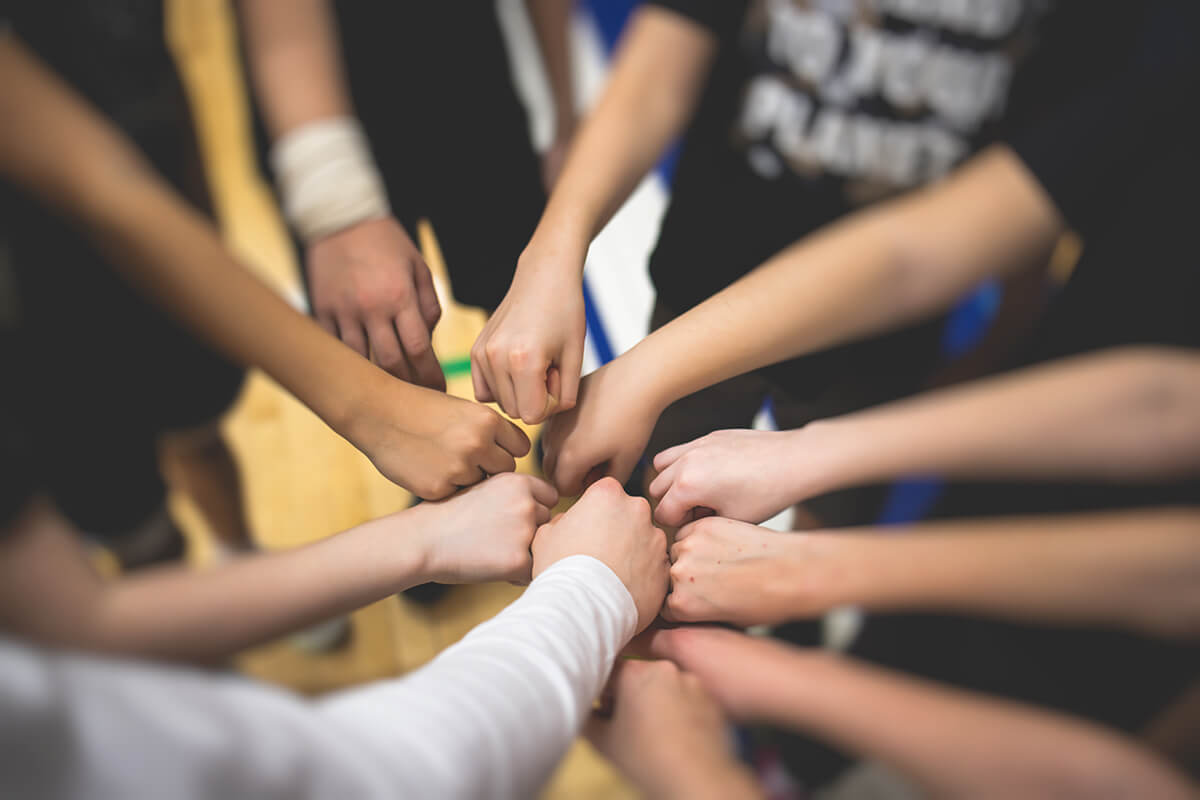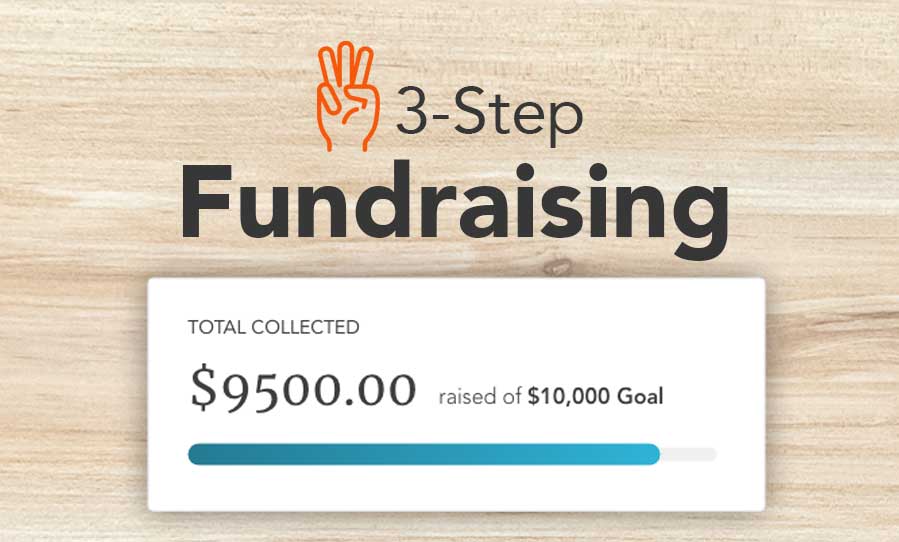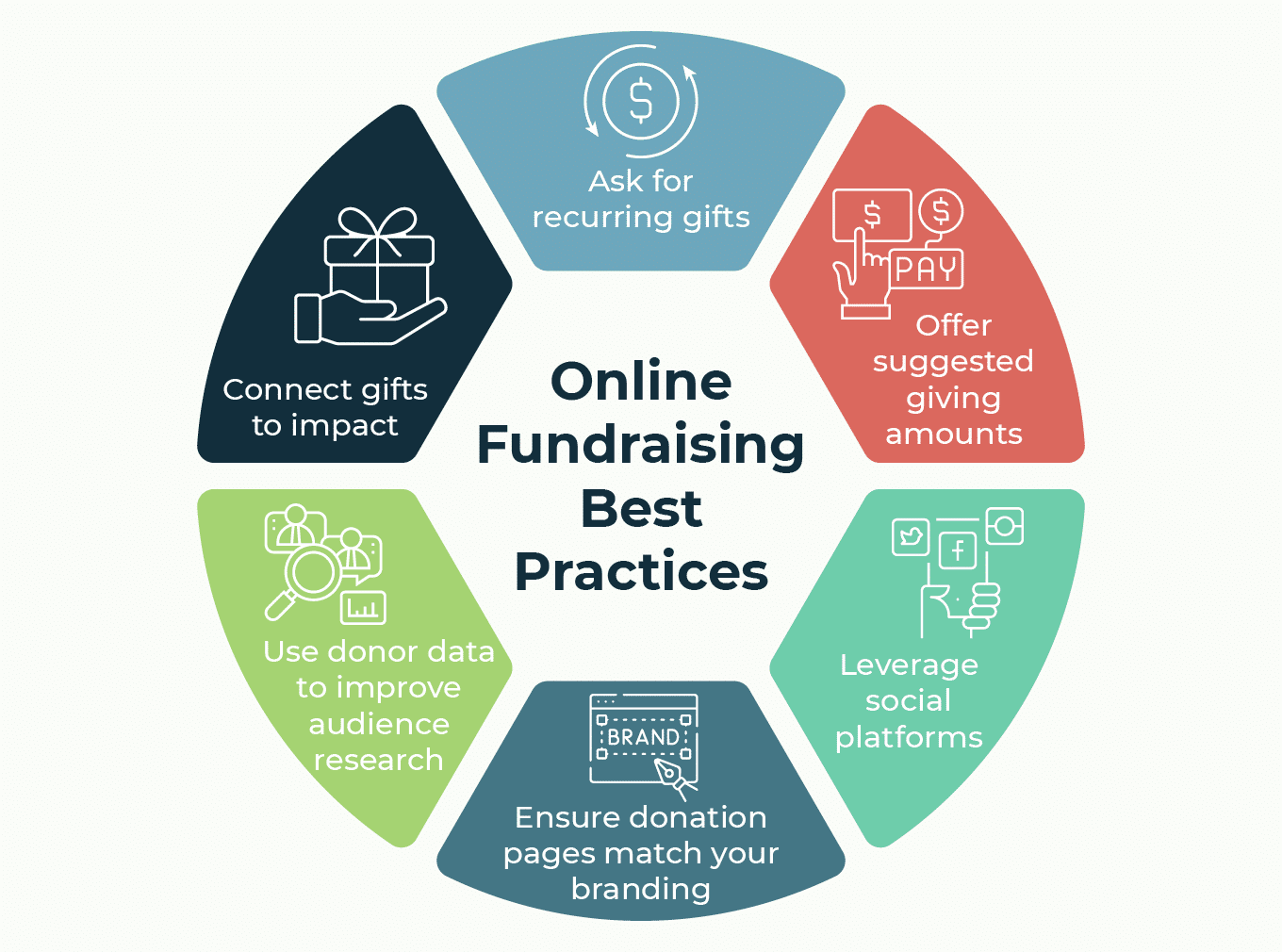Creative Nonprofit Fundraising Ideas: Boost Donations and Engagement
Creative Nonprofit Fundraising Ideas: Boost Donations and Engagement
Blog Article
The Duty of Area Engagement in Nonprofit Fundraising: Structure Lasting Relationships for Lasting Assistance
Neighborhood interaction is increasingly acknowledged as a crucial part of successful nonprofit fundraising. The techniques and methods used to engage neighborhoods vary extensively, raising vital inquiries regarding performance and effect.
Recognizing Neighborhood Engagement
Area engagement is a crucial part of effective nonprofit fundraising efforts. It describes the techniques and activities that companies utilize to get in touch with their local communities, promoting relationships that are equally helpful. Comprehending neighborhood engagement entails acknowledging its diverse nature, that includes outreach, engagement, and collaboration. Nonprofits must determine crucial stakeholders-- such as neighborhood participants, local companies, and other organizations-- to create efficient involvement techniques.
Reliable community involvement is asserted on energetic listening and responsiveness to the needs and interests of the neighborhood. This procedure includes obtaining comments, recognizing community characteristics, and guaranteeing that the organization's goal lines up with local priorities. Engaging the community can take numerous types, consisting of public meetings, volunteer opportunities, and partnership initiatives, each designed to urge participation and financial investment in the organization's objectives.
In addition, neighborhood involvement must be come close to as a continuous dialogue instead of a single effort. By promoting an inclusive setting where community voices are heard and valued, nonprofits can build a solid structure for future fundraising endeavors. Inevitably, a deep understanding of neighborhood involvement encourages companies to produce authentic links that enhance their total efficiency and sustainability.
Benefits of Solid Relationships
Solid relationships formed with area interaction return various advantages for not-for-profit fundraising initiatives. Primarily, these connections foster depend on and integrity, necessary elements in encouraging benefactors to add. When potential fans see a nonprofit proactively involved in their community, they are most likely to think in its objective and effect.

Moreover, these relationships facilitate efficient communication. Nonprofits can leverage their links to share stories of impact, updates, and needs, ensuring that supporters remain enlightened and involved. This open line of communication not just strengthens bonds but also urges referral promotion, broadening the not-for-profit's reach.
Finally, solid neighborhood connections can attract new companions and enrollers. Individuals and organizations are extra likely to line up with organizations that demonstrate meaningful area participation, supplying additional resources and support that can dramatically boost fundraising abilities. Therefore, growing robust connections via neighborhood engagement is essential to a nonprofit's lasting fundraising success.
Approaches for Efficient Involvement
How can nonprofits efficiently involve their communities to enhance fundraising initiatives? Routine updates, engaging web content, and calls-to-action can galvanize community interest and engagement.
2nd, organizing neighborhood occasions, such as workshops, volunteer opportunities, or fundraising drives, facilitates in person interaction, allowing nonprofits to showcase their influence and efforts. These events not only raise funds however also cultivate relationships and permit area participants to involve straight with the cause.
Third, executing individualized communication strategies can enhance interaction. Tailoring messages to details contributor sectors based on interests and previous contributions cultivates a sense of belonging and investment in the organization's objective.
Last but not least, producing collaborations with neighborhood companies and community leaders can magnify outreach efforts. Collaborative initiatives can boost presence and credibility, showing a cumulative dedication to the neighborhood's well-being. By integrating these methods, nonprofits can construct long lasting relationships that boost fundraising efforts and drive sustainable support.
Measuring Involvement Success
While engaging the area is important for successful nonprofit fundraising, gauging the performance he said of these involvement initiatives is similarly vital. Developing clear metrics enables companies to assess just how well they are getting in touch with their audience and accomplishing their fundraising objectives. Trick performance indications (KPIs) such as contributor retention prices, volunteer involvement degrees, and engagement on social media sites platforms give tangible information for assessment.

Consistently evaluating these metrics enables organizations to pivot their techniques when needed, making certain that area involvement remains straightened with their general goal. Moreover, sharing these results with stakeholders fosters transparency and develops trust fund, urging further neighborhood involvement. Eventually, a durable measurement structure not just educates future fundraising efforts however additionally strengthens the connection in between the not-for-profit and its advocates, laying the groundwork for sustainable success.
Instance Research Studies in Area Effect
Many study illustrate the extensive influence that neighborhood interaction can have on not-for-profit fundraising success. One notable example is the "Food for Idea" effort, where a regional food financial institution partnered with organizations and colleges to host community dinners. These events not only increased funds however likewise promoted a feeling of belonging amongst individuals, dramatically enhancing contributor retention rates.
Another engaging instance is the "Eco-friendly Spaces Job," which included regional homeowners in the revitalization of metropolitan parks. This initiative not only amassed monetary support from local companies however also cultivated a volunteer base that contributed to ongoing upkeep and programming. The sense of possession and satisfaction amongst neighborhood participants equated right into sustained contributions.
In the realm of arts, the "Art for All" project successfully involved regional musicians and customers to produce collective art setups, resulting in enhanced exposure and contributions for a local arts nonprofit.
These examples highlight that when nonprofits prioritize neighborhood participation, they can produce enduring connections that boost fundraising efforts, ensuring sustainable assistance and promoting a lively neighborhood society. Such situations demonstrate that community involvement is not merely a method yet an essential column of nonprofit success.
Final Thought
In conclusion, neighborhood interaction is integral to the success of not-for-profit fundraising initiatives. Eventually, a durable Full Article foundation of neighborhood support not just enhances fundraising potential but additionally grows a culture of partnership, crucial for achieving long-lasting organizational goals and sustaining meaningful impact. fundraising consultant.
Nonprofits must recognize crucial stakeholders-- such as neighborhood members, local organizations, and other organizations-- to create efficient interaction methods.

In verdict, community engagement is essential to the success of nonprofit fundraising efforts.
Report this page